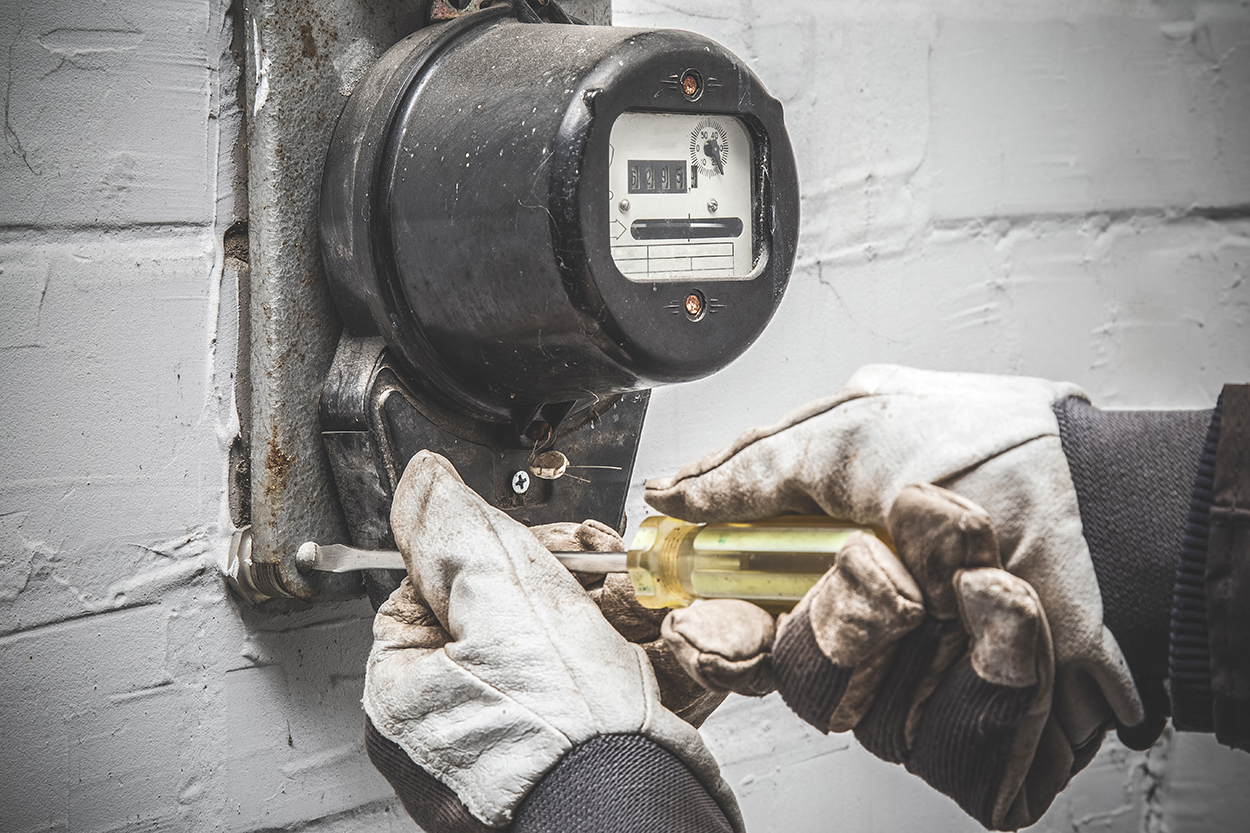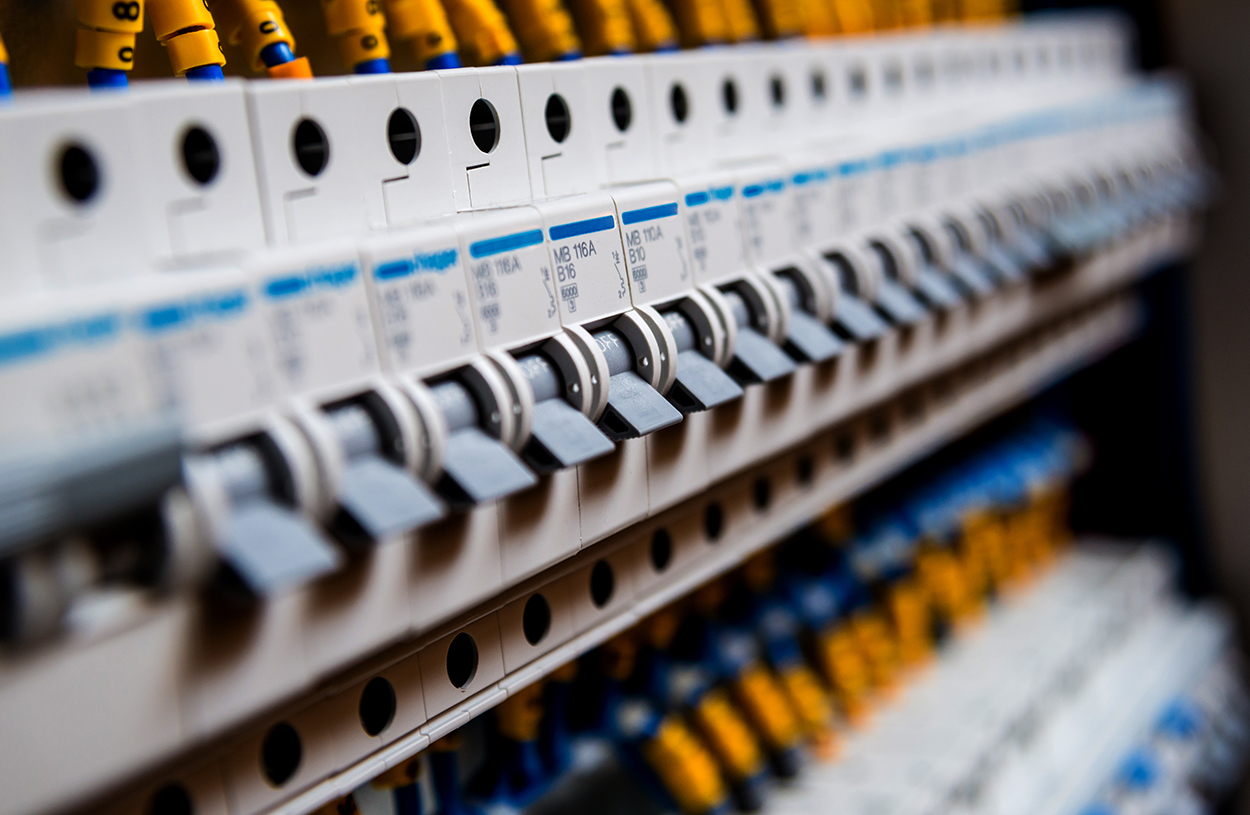Get A Free Legal Consultation
- We fight to maximize your results
- Many clients get results in as few as 90 days
- No out-of-pocket costs for you or your family






Electricians install, maintain and repair wiring systems and power generating equipment throughout various industrial and residential locations. Electricians aboard Navy and commercial ships in shipyards and at sea did similar work.
Asbestos, a fireproofing ingredient in building materials, was used by electricians all over the United States. Buildings constructed between 1920 and 1980 are most likely to contain asbestos materials.
Electricians who built structures during these years are most at risk for mesothelioma, a rare form of cancer. Because of the long latency period associated with the disease, electricians exposed to asbestos 10 to 50 years ago may just now start to experience mesothelioma symptoms.
Call (800) 326-8900 now to see if our asbestos attorneys can help your family pursue compensation. It costs nothing to speak with us.
Because of its fire-resistant qualities, asbestos was a popular choice for manufacturers of electrical equipment. Many of the products that electricians encountered on a daily basis, such as insulation and conduit, contained asbestos. They also drilled into and grinded out parts of switch panels, wiring motors, circuit boards, switch gear, and breaker boxes. Many of these products may have contained Bakelite and other molded asbestos materials. Drilling and sanding asbestos parts, like asbestos-containing arc chutes, could have released toxic dust into what were often cramped and confined workspaces for electricians.
Electricians also had increased risk of asbestos exposure because of their close contact with other trades that commonly used asbestos materials. These materials include, but are not limited to drywall, plaster, joint compounds, transite boards, asbestos ceiling tiles, HVAC equipment, insulated turbines and heating units. Drilling into walls to install new wiring and mount equipment could have exposed electricians to preexisting asbestos material.


Although the government began to regulate the use of asbestos in the 1970s, many electrical products continued to include asbestos into the 1980s. The extensive use of asbestos, especially in older structures, makes the occupation of electrician a particularly high-risk job for asbestos exposure even into the 21st century. Asbestos materials in older structures continue to pose a threat to electricians as they work in close proximity to these dangerous construction materials during renovation and demolition projects.


Several asbestos products used by electricians are similar to those used in the construction industry. Some of the products handled by electricians include:
Simmons Hanly Conroy cares passionately for victims of mesothelioma and has devoted nearly a decade of our practice towards helping these individuals find justice, and oftentimes compensation, for their suffering and family trauma. If you or a loved one is dealing with the effects of asbestos exposure related to your career as an electrician, please contact us by filling out the form below.